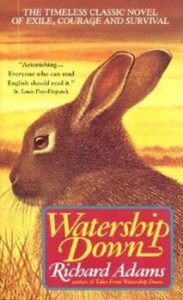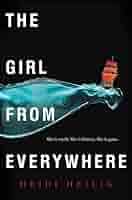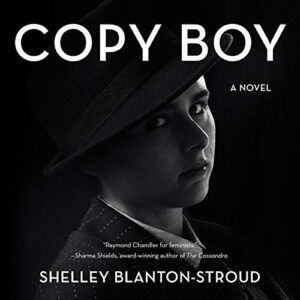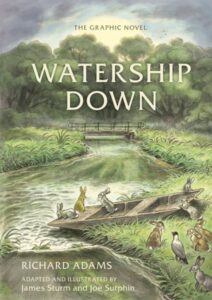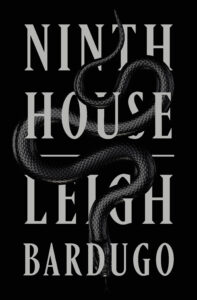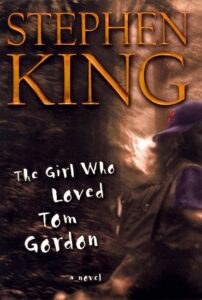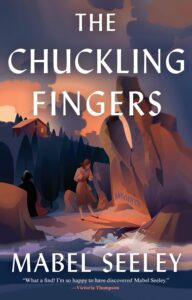Sonia Purnell
Biography 2019 | 368 pages
![]()

You can't read this like a fiction book. There is no skimming! Every single paragraph has an important piece of information in it. I have returned to reread many a paragraph when my mind wanders. I am not certain I have ever read a book so deep and intense in its research, and resultant writing.
A Woman of No Importance is a captivating biography that unveils the extraordinary life of Virginia Hall, an American spy during World War II. Purnell skillfully narrates Hall's courage, resilience, and contributions to France, offering a compelling and inspiring story of a woman who utterly defied expectations in a male-dominated field. The book sheds light on a lesser-known hero and provides a gripping account of espionage and bravery. (This last paragraph written by Chat GPT, edited some by me. Thought I would try an experiment. While factually accurate, it just doesn't sound like my voice, does it?)
Virginia Hall amazes me. She gathered, committed, and outfitted resistors to the Germans. She created safe houses and received secret packages of food, clothing, supplies, and cash for the men and women she recruited. She planned safe routes, actions to sabotage the movement of Germans through blowing up bridges, destruction of roads, etc. She planned and helped resistors escape from jails, prisons, and concentration camps. She learned to "play the piano" of a radio which allowed her to pass on information to her "bosses" in London. Perhaps most important of all, she created and maintained relationships with everyone from royalty to power brokers to brothel owners to clergy which allowed people with certain values and beliefs about peace, freedom, and courage, to direct their energy, do something useful, and in many cases put their lives on the line, saving their beloved country (Virginia's adopted country) of France. She did all this with no guidance, no mentors, no training, no experience, no advice and counsel. She relied solely on her wisdom, her own thought processes, her natural skills, her amazing brain, her warmth and care-taking, and her astounding strategy skills.
Some she saved from sure death wrote, "They had enjoyed nearly forty years of freedom since spending a mere couple of months in Virginia's presence in 1944. But the warrior they called La Madone had shown them hope, comradeship, courage, and the way to be the best version of themselves, and they had never forgotten." (Final page of Chapter Twelve.")
And we don't know her. She was a hero we should have studied in high school. She was the first woman to do so much, with so much strength and courage, we should have had a chapter on her in our high school history books. Just as important, I learned a great deal about the REAL war and what it was truly like to resist losing your freedom to a ruthless invader. I learned about the real people in the war, not just the politics.
Thank you, Jan Baker, for this recommendation. Although it is a bit long, I cannot help but recommend this incredibly well researched and intriguing biography to everyone.
January 2024

